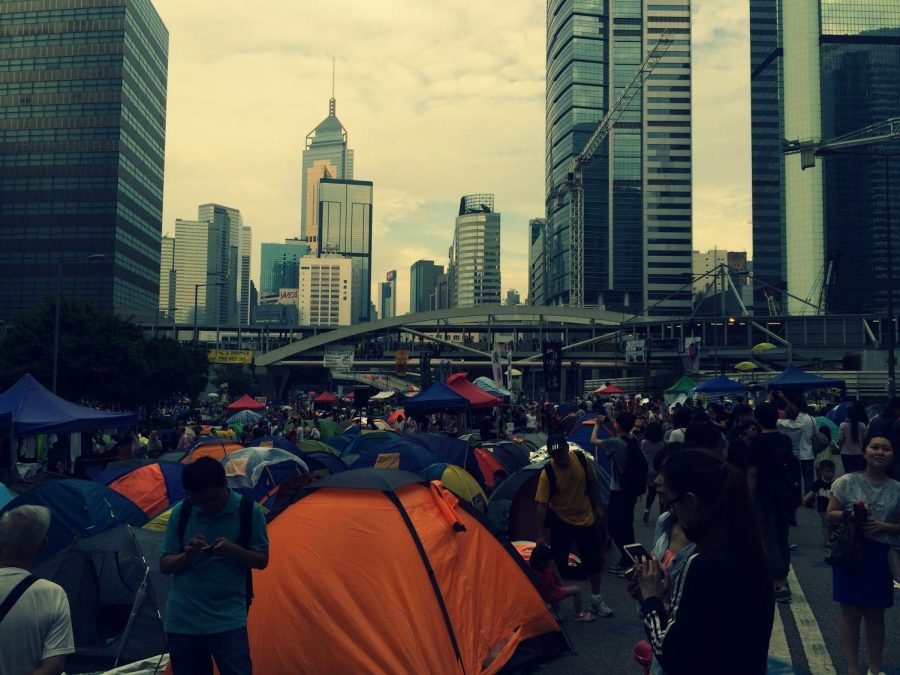Modern Protests
October 31, 2019
In almost every generation, there is the expectation that youths—confused high school or college-aged people—will take a stand and protest whatever new-age inequality is in their way. Whether it be the 1960s, where protests for civil rights and against the Vietnam war were populated almost entirely by the teenage youth, or another era, it seems that young people have been the ones with picket signs, screaming their throats raw, staring down politicians as they speak, uniting in the hopes of making some semblance of a difference. The outcomes have tended to vary, and some question whether the loud protesting had any impact at all.
As the years have gone by, and some issues have stayed while others have been replaced, there has been one noticeable difference in the protests of the youth. Where once it was loud, with teenagers ditching classes and college kids taking up their signs and holding them up for all to see, a new generation of stubborn kids have taken comfort in technology as the means of taking their stand against injustices and inequalities.
Some members of older generations tend to scoff and turn up their noses at this new method of protest, finding a sort of cowardice in movements that use technology and social media. The methods are portrayed almost entirely negatively and associated with lazy teenagers disconnected with the world around them. There has always been an image of what protesting is meant to be: people yelling at the tip of their lungs, rioting together in unity, signs, and cheers thrown up in the air as thousands collect and band with one another, taking in the tear gas, mallets, and rubber bullets in stride, hungry for more.
That is true protesting; that is honest resistance. Or at least it was.
Modern times need modern solutions, as many have said. And as a new era has arrived, there is a need for adaptation to the ever-changing times. Politicians have reverted to social media, as well as discussions and bickering far less elegant than what most previously expected of professionals. And if those in power are able to tweet and text like petty teenagers, than why should teenagers be expected to be any different? Modern protesting has meant teenagers flooding politicians’ inboxes, tweeting impossible questions that those in power don’t have the courage to answer, and making depressingly hilarious videos of themselves and their uncertain future and their dying planet.
And while the traditional way of protesting is by no means leaving any time soon, the ignorance of the importance of social media is as damaging as ignoring the problem. As problems come and go, stay and evolve, there is nothing more vital than the resistance of the youth. And as the youth take their future in their hands, who has the right to say that the way they choose to resist is wrong?
